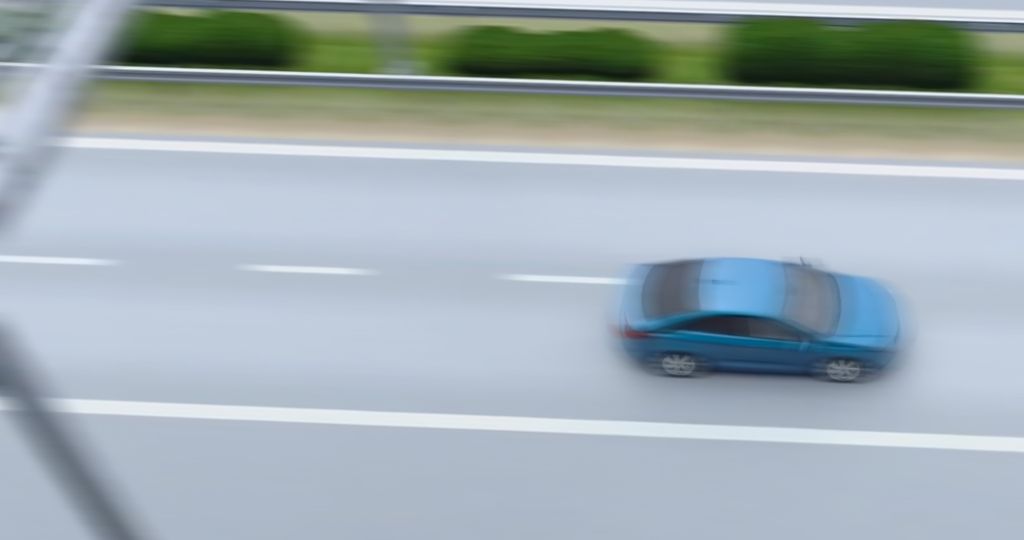
Centre for Resource Efficiency
Efficient surface technology in lightweight construction
Link to the original article: ressource-deutschland.tv:
Efficient surface technology in lightweight construction – Cleaning of aluminium parts
A new cascade process for cleaning aluminium parts saves resources – about half of the necessary energy and fresh water, and about a quarter of the CO2 emissions.
If vehicles are lighter, they consume less energy per kilometre. That is why components made of the light metal aluminium are being used more and more frequently – their share has doubled in the past 20 years. Lightweight construction thus contributes to the reduction of CO2 emissions in the use phase. For the CO2 balance of a vehicle, however, the entire life cycle must be considered. This also includes the emissions generated during production.
After the aluminium parts have been cast, the surfaces are heavily contaminated. Before they can be further processed in the car industry, dirt must be removed from their surfaces. This cleaning requires large amounts of water, chemicals and energy. To reduce this, the company Holder GmbH Oberflächentechnik has developed a new resource-saving process for cleaning aluminium parts.
The cleaning is carried out in a cascade process in different baths. In the first bath, degreasing is carried out using tensides, salts and ultrasound. In the other three baths, the parts are rinsed. The water displaced by the immersion process is collected and fed back into the cleaning process. Less fresh water is needed and in addition less waste water has to be treated. In addition, chemicals are saved because they are returned to the degreasing bath with the water from the first rinsing stage. For drying, a dehumidifier and a convection dryer were combined for higher energy efficiency. The air flowing into the dehumidifier from one side is extracted and recirculated on the other side. All the energy for the baths and the dehumidifier is produced in a combined heat and power plant.
With this process, the medium-sized company from Baden-Württemberg saves about 13,000 m3 of fresh water, 20 tonnes of chemicals and 770 tonnes of CO2 per year. A payback period of 3 to 4 years was calculated.
The new development of the plant was funded by the Federal Environment Ministry within the framework of the Environmental Innovation Programme (UIP).


